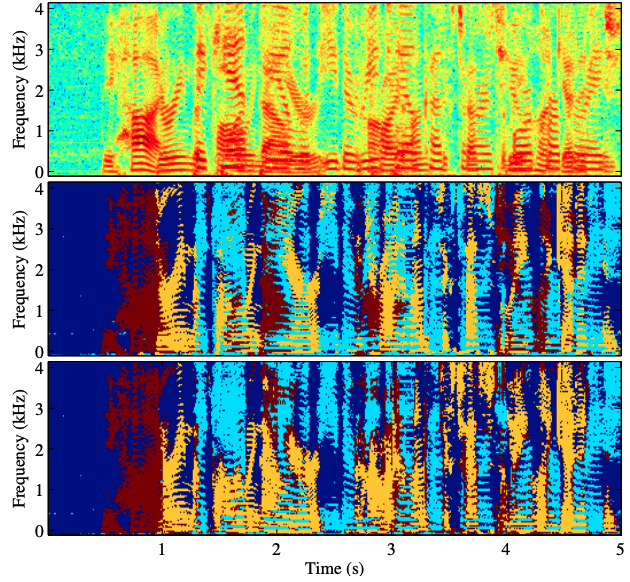A comparison of handcrafted, parameterized, and learnable features for speech separation
The design of acoustic features is important for speech separation. It can be roughly categorized into three classes: handcrafted, parameterized, and learnable features. Among them, learnable features, which are trained with separation networks jointly in an end-to-end fashion, become a new trend of modern speech separation research, e.g. convolutional time domain audio separation network (Conv-Tasnet), while handcrafted and parameterized features are also shown competitive in very recent studies. However, a systematic comparison across the three kinds of acoustic features has not been conducted yet. In this paper, we compare them in the framework of Conv-Tasnet by setting its encoder and decoder with different acoustic features. We also generalize the handcrafted multi-phase gammatone filterbank (MPGTF) to a new parameterized multi-phase gammatone filterbank (ParaMPGTF). Experimental results on the WSJ0-2mix corpus show that (i) if the decoder is learnable, then setting the encoder to STFT, MPGTF, ParaMPGTF, and learnable features lead to similar performance; and (ii) when the pseudo-inverse transforms of STFT, MPGTF, and ParaMPGTF are used as the decoders, the proposed ParaMPGTF performs better than the other two handcrafted features.
PDF Abstract
 WSJ0-2mix
WSJ0-2mix